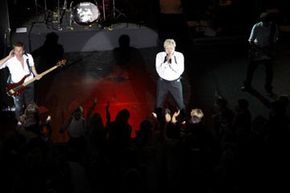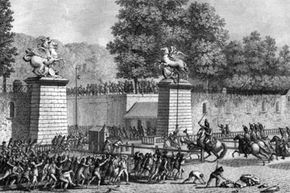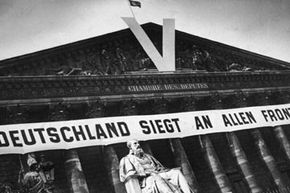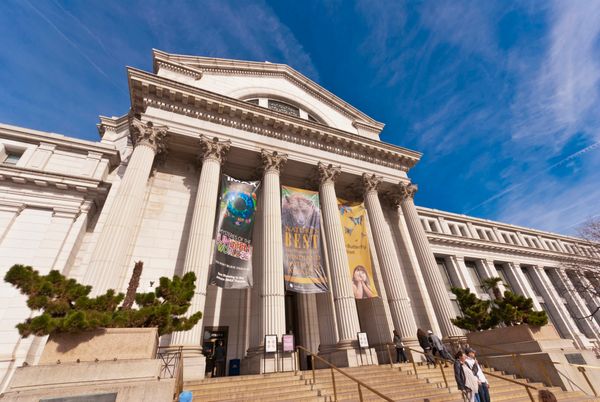If you'd been standing outside the lighted glass pyramid that juts from the lower galleries of the Musée du Louvre 60 feet (18.3 meters) above the sidewalk on the evening of June 10, 2008, you may have caught strains of the '80s pop classic, "Girls on Film," streaming through the glass. If you'd strained a little more, you would've also heard about 300 people cheering a live Duran Duran concert inside the museum's hallowed salles.
This was a relatively atypical night for the Louvre, the museum that houses 70,000 pieces of the world's greatest art and artifacts. However, the museum is taking chances again under the leadership of current director Henri Loyrette. The Louvre displays contemporary art like Jan Fabre's "Self-portrait as the World's Biggest Worm," juxtaposed against oils of the Last Supper painted by Renaissance masters. In 2008, artist Cy Twombly became one of only a handful of painters (and the first American) to create a work on the Louvre's permanent interior. In addition, the museum has become an actual franchise: The Louvre Abu Dhabi will open in 2013 and a new, modern Islamic art wing is under construction in a classical courtyard of the Louvre in Paris. And, of course, let's not forget that Duran Duran concert.
Advertisement
Some critics believe that Loyrette's sweeping changes gamble with France's reputation and identity. Others consider the moves part of the evolution of artistic thought. Beneath the surface of both arguments lies a common point: The Louvre is the leading symbol of art in the world, and the choices made by its curators help determine what art is.
Over the past three centuries, the Louvre has become the heart of French culture, a place where esoteric ideas like the definition of true beauty have been discussed and decided. The museum is home to some of the most famous and most appreciated works of art on Earth. It's been the site of death, theft, revolution, collusion and reinvention. Throughout its trials, the Louvre has managed to navigate not only the changes in the world of art, but geopolitical changes as well.
It's also dealt with changes of its own: The museum has grown from a medieval fortress to 650,000 square feet (60,387 square meters) of gallery space, employing more than 2,000 people and accepting 8.5 million visitors in 2008 [sources: Brooks, New York Times].
In this article we'll look at how the Louvre has evolved. On the next page, we'll begin with its earliest history.
Advertisement






